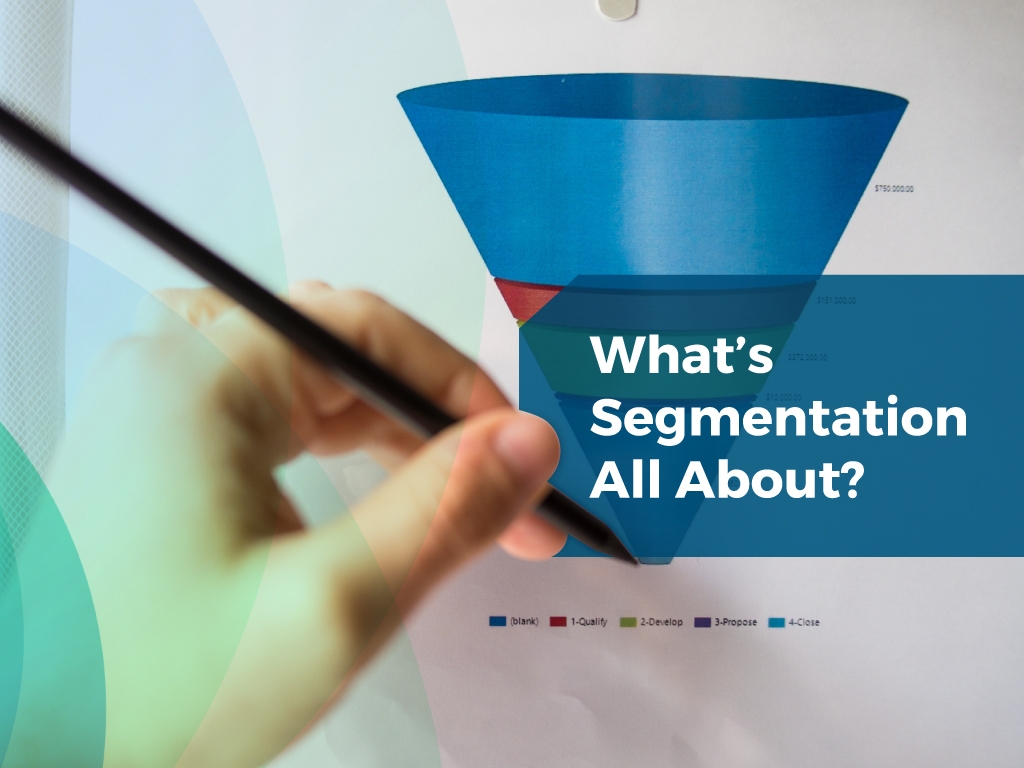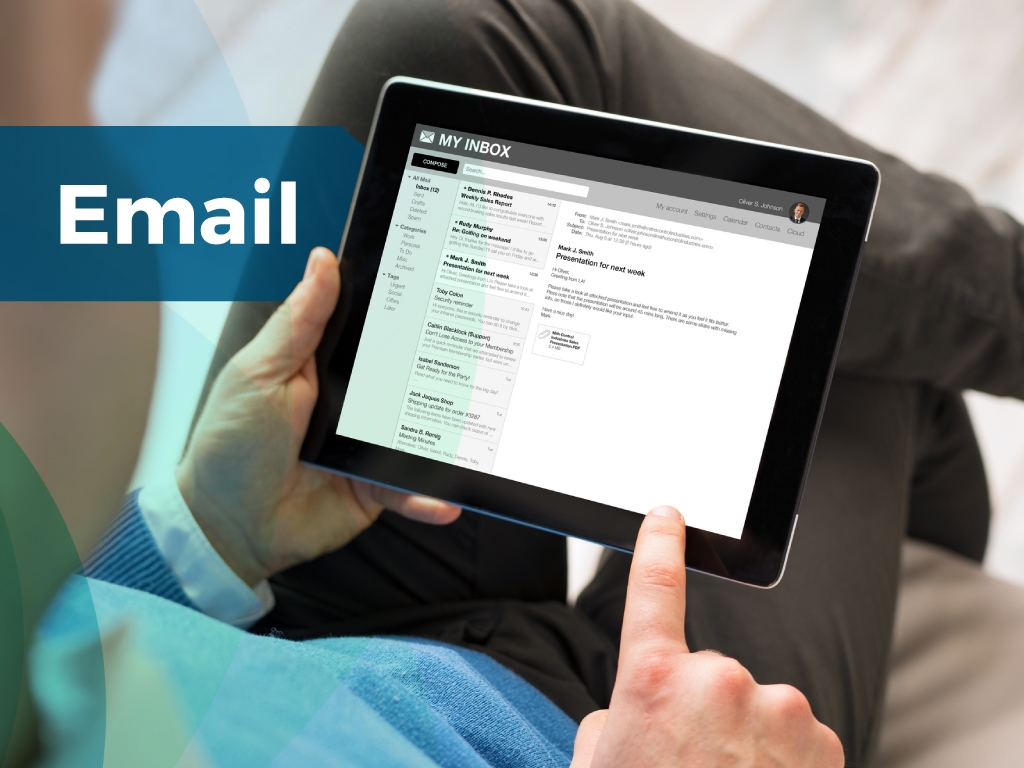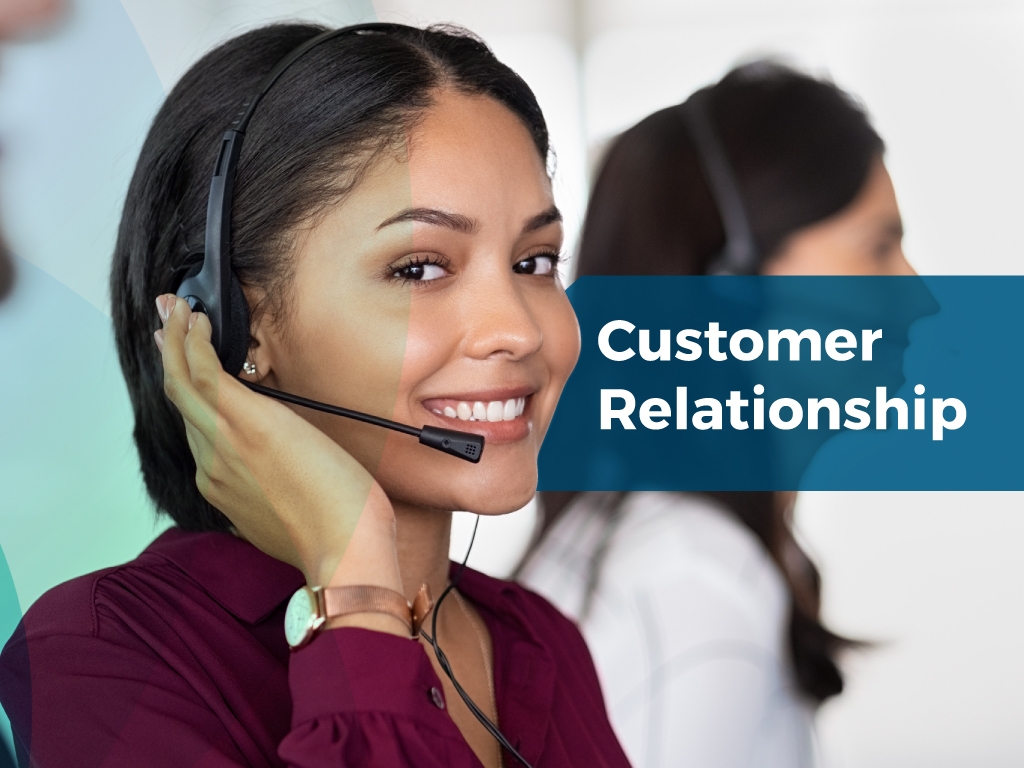Increase Marketing Automation Success with Audience Segmentation
Marketing automation tools can do a lot for your business. They enable you to automate mundane tasks that would otherwise prevent you from giving your attention to mission-critical matters. They help improve retention and increase the likelihood of lead conversion. They’re pretty powerful, actually.
However, to achieve the best results, you need to start on the right foot. One of the most critical considerations is audience segmentation. Without segmentation, you’re still doing nothing more than sending the same messages out to your entire audience, which is never going to give you good results. Below, we’ll walk you through segmentation and what you need to know to enhance your marketing automation.
What’s Segmentation All About?

Audience segmentation is nothing more than breaking down the wider audience into its various components. It’s also about building trust and brand recognition. If you routinely send out the same marketing message to every single customer on your list, you’re going to alienate most of them.
Simply put, there’s no catch-all message that will resonate with your entire audience or even a significant fraction of them. Today’s consumers are savvier than ever, and they expect the companies they do business with to personalise their emails and other communications. They expect (and often demand) that their unique challenges, interests, pain points, and points of view be taken into account. The solution to this is segmentation.
If you’ve paid attention to digital marketing tactics, you’ve already developed buyer personas. Segmentation goes farther than this.
Email: There are numerous ways to segment your actions when it comes to email marketing. You can segment on open, on email bounces, on clicks, and more.

Lead Actions: You can (and should) segment your audience based on their actions involving your marketing automation, too. You can segment on downloads, on comments within social media, on pages of your website visited, on comments left, and even segment by multiple actions combined.
Lead Inactions: Segmenting on activity is excellent, but you can also segment based on inactivity. For instance, you can segment based on email deletion without opening, based on inactivity for the previous 60 or 90 days, and on no purchases made.
Lead Scoring: Lead scoring provides the means to categorise leads by value and likelihood of conversion. You can segment based on scores to ensure you’re sending the right content to the right leads at the right point in the sales funnel based on their score.

Customer Relationship Stages: You can also segment based on almost any data that’s held in your marketing automation system or customer relationship management platform. For instance, you can segment based on the date of the customer’s last purchase, the type of purchase made, problems experienced during the purchase process, by geographic area, by age and other demographic factors, and more.

What Does All This Segmentation Help You Achieve?

It’s easy to look at the information above and wonder just what it all helps you do. Sure, you can segment your audience to the nth degree, but why is it important? It’s all about putting the right pegs into the right holes and delivering the utmost value to every lead and customer. Segmentation goes beyond personalising email messages with a customer’s name or location. It’s more about building a robust and healthy relationship based on the unique specifics of that customer’s experience with your brand. The result? Improved sales, increased customer loyalty, decreased churn, and a stronger brand overall.
Last Steps
Too often, companies gloss over-segmentation. They give a nod to buyer personas and segment email lists, but that’s about it. This is a mistake. Segmentation is a vital part of marketing automation and allows you to drill down to the individual customer level, ensuring that you’re able to communicate with them on an almost one-to-one basis and create the ideal customer experience. If you are unsure how to segment your audience, or lack marketing automation tools in the first place, we can help. Contact the Emarkable team to schedule a consultation.





